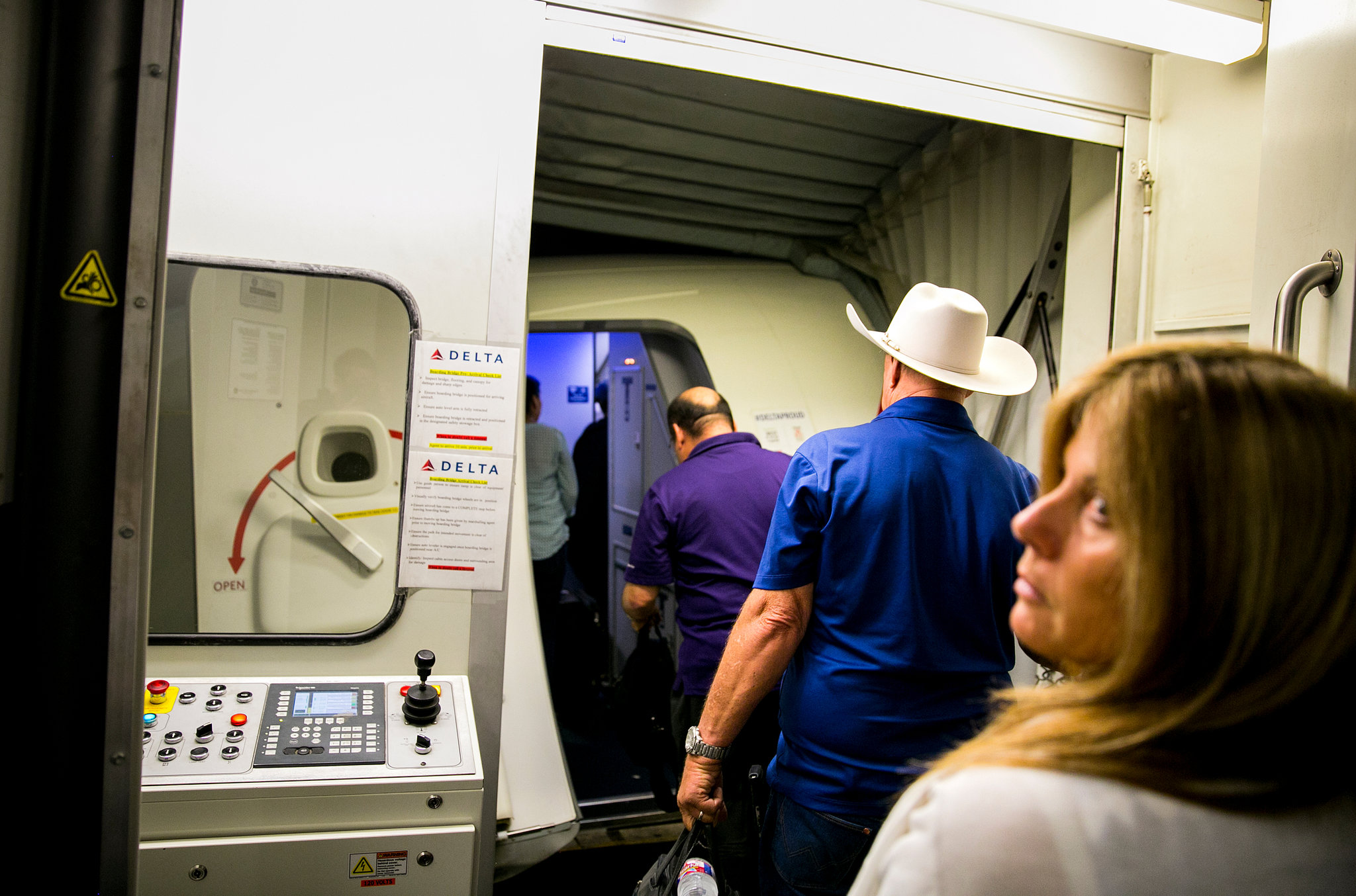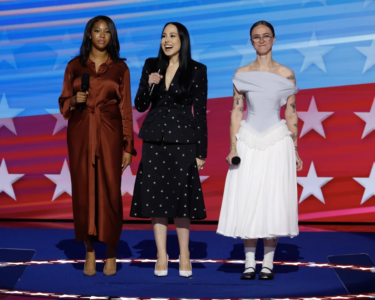The issue of airline dress code policies has sparked debates and incidents, ranging from passengers being singled out for their attire to social media uproar. Instances like model Olivia Culpo having to cover up her sports bra and biking shorts before boarding a flight or physician Tisha Rowe being asked to conceal her outfit highlight the complexities surrounding airline fashion regulations.

In recent years, social media has been the platform of choice for passengers to air their grievances and highlight instances of alleged discrimination based on attire. From high-profile incidents involving prominent individuals like Culpo and Rowe to viral TikTok videos capturing confrontations with authorities, the clash between passenger fashion choices and airline policies continues to garner attention.
One of the most recent incidents involved Lisa Archbold, who sought legal representation from Gloria Allred after being escorted off a Delta Air Lines flight for not wearing a bra under her top. Allred’s call for Delta to revise its policy reflects the growing scrutiny of airline dress codes and their enforcement.
While the era of formal air travel attire has long passed, the ambiguity of airline policies and the subjective interpretation of terms like “appropriate” and “offensive” contribute to the friction between passengers and airline staff. The absence of explicit dress codes in some carriers’ contracts of carriage leaves room for discretion, often resulting in passengers being confronted for their fashion choices.
Moreover, the enforcement of dress codes appears to disproportionately affect women, raising concerns about gender-focused fashion policing and body shaming. Despite cultural shifts towards casual attire, incidents of passengers being targeted for their clothing persist, highlighting the need for clearer guidelines and standardized policies across airlines.
In response to inquiries about their dress policies, most airlines remained silent, signaling the challenges of addressing this contentious issue. With the responsibility falling on airline staff to navigate dress code disputes, flight attendants face the uncomfortable task of enforcing policies while balancing passenger comfort and safety.
While passengers have the option to file complaints or seek legal recourse, the lack of guaranteed compensation underscores the complexities of addressing attire-related incidents. As passengers grapple with the repercussions of dress code violations, considerations of personal safety and respect for fellow travelers emerge as key factors in making in-flight wardrobe choices.
As the debate over airline dress codes continues, etiquette experts emphasize the importance of mutual respect and consideration among passengers. Adopting a mindset of empathy and cultural awareness can help mitigate potential conflicts and promote a more inclusive and harmonious travel experience for all.





